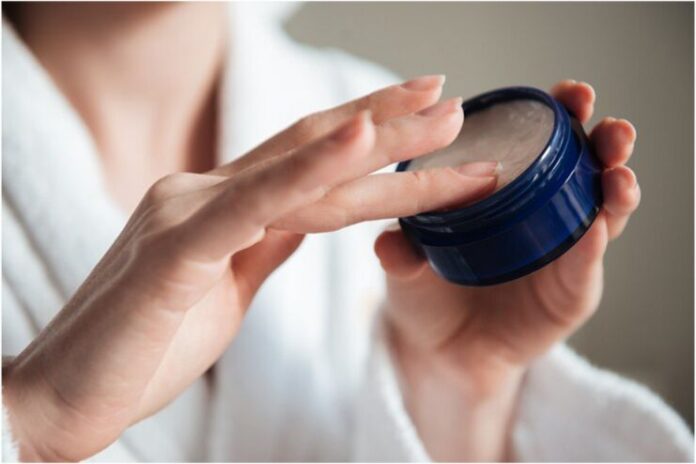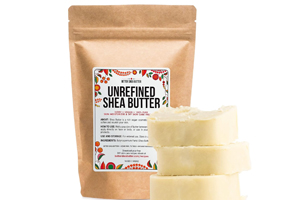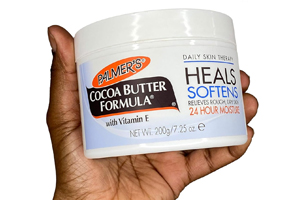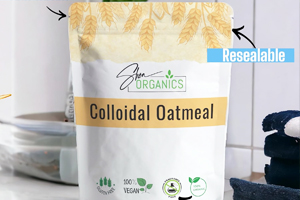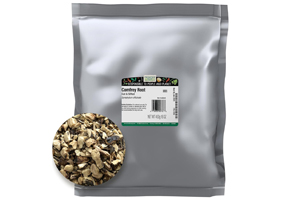Affiliate Disclaimer
Some links in this article are affiliate links. We may earn a small commission if you make a purchase through these links, at no extra cost to you. We only recommend products we find useful to our readersPetroleum jelly (petrolatum) is one of the most used products in daily life. It is a blend of waxes and mineral oils and appears as a semi-solid jelly.
Petroleum, the base ingredient in petroleum jelly, provides its key advantages. It provides a water-proof seal to prevent wounds and burns from coming into contact with moisture, which encourages healing.
Also, Read: How to Build a ‘Skinimalist’ Routine Without Sacrificing Results
Benefits of Petroleum Jelly
1. Heals Minor Skin Scrapes And Burns
Petroleum jelly is incredibly helpful in wound healing after any surgical procedure because it keeps the skin moist and smooth. However, make sure to sanitize and cleanse the wounded area on the surface of the skin completely before applying the petroleum jelly so that it will not entrap any microorganisms.
2. Acts As A Body Moisturizer
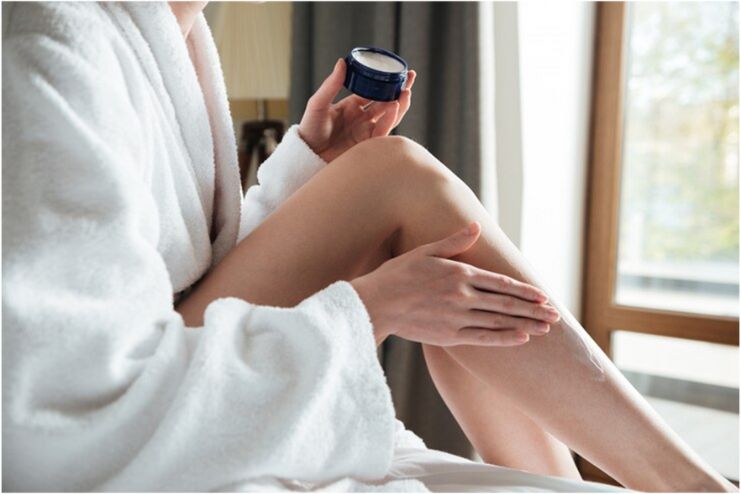
Face and Body Lotion: Petroleum jelly is an occlusive moisturizer that seals in the moisture retained within the skin when applied after a bath. Some use the remedy to moisturize their dry noses during the winter.
Cracked Heels: Petroleum Jelly is also a remedy for cracked heels, offering relief and healing.
Steps to Follow:
- Soak your feet in lukewarm, salted water.
- Dry your feet using a towel and apply a generous amount of petroleum jelly.
- Put on socks and leave them on overnight.
Chapped Lips: Lip balms using petroleum jelly help heal chapped lips and prevent them from drying further.
3. Helps Pet Paws
To care for your pet’s paws, gently clean them, pat them dry, and apply petroleum jelly to relieve cracked paws. Cover their paws with socks, and make sure to do this when your pet rests to allow the jelly to absorb properly and provide comfort.
4. Prevents Diaper Rash
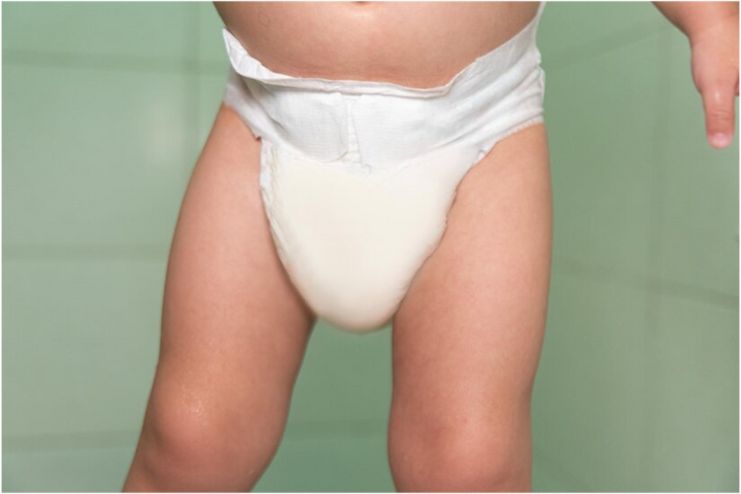
Diaper rash in babies is a common concern that causes discomfort, but petroleum jelly can offer effective relief.
Steps to Follow:
- Clean and dry the baby’s diaper area properly.
- Rub petroleum jelly on the affected area gently. This will protect the skin from continuous moisture contact.
Note: In case of no improvement or deterioration of the rash, seek advice from a doctor.
5. Removes Eye Makeup
A study on eye ultrasounds has shown that petroleum jelly can safely and effectively remove makeup, particularly from the delicate areas of your eyes.
Steps to follow:
- Dip a cotton pad or Q-tip in the jelly.
- Press it gently on the skin, allowing the petroleum jelly to dissolve makeup.
- Close your eyes and gently wipe around the eye area to remove makeup without irritation.
6. Prevents Split Ends

Environmental factors that contribute to hair dryness and damage include wind, pool water, and sun exposure.
Applying a small amount of petroleum jelly at the ends will add shine to your hair, reduce the appearance of split ends, and keep it looking healthy. Just be careful not to overdo it, as too much can weigh the hair down and make it look greasy.
7. Prevents Skin Stains From Nail Polish or Hair Dye
Applying petroleum jelly along the hairline before dyeing your hair helps prevent stains from getting on your skin. It can also be used when applying nail polish to keep the cuticles clean and avoid unwanted smudges.
Additionally, applying a small amount of petroleum jelly to pulse points before spraying perfume helps the fragrance last longer, as it holds the scent in place.
8. Helps Release Stuck Objects
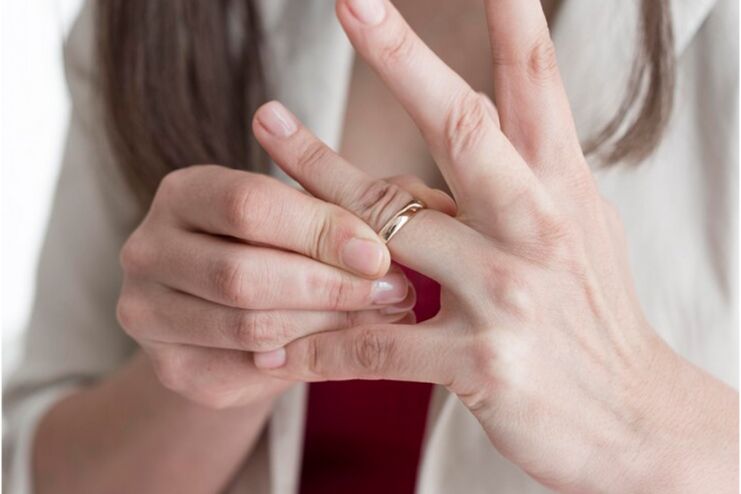
Petroleum jelly can be used to free a stuck object, such as a ring stuck on a finger. Apply a small amount of jelly around the ring and twist it gently to help loosen it.
It can also be applied to door hinges or other mechanical parts that have become stiff or squeaky. Just apply a bit of petroleum jelly to the hinge and work it in to reduce friction and ease the movement.
How to Choose Good Petroleum Jelly Products?
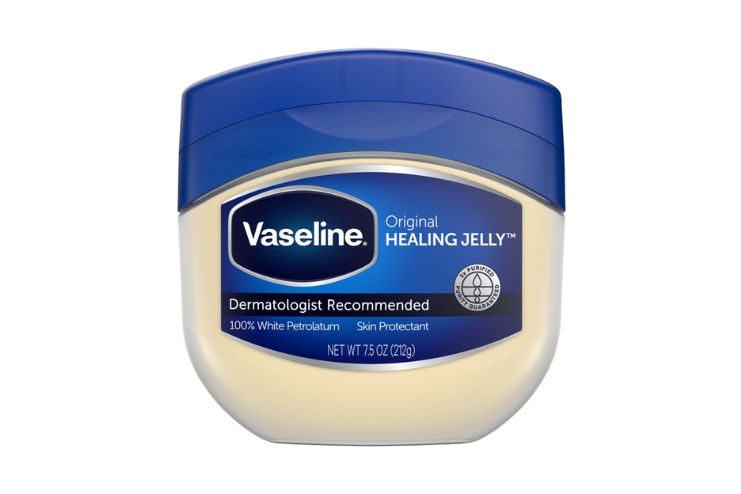
Generally, a branded or generic version of petroleum jelly can be used. Just ensure that the product’s ingredients don’t contain irritants.
The first step is to check if the product contains 100% petroleum jelly.
Opt for a triple-distilled, purified product so you do not apply harmful contaminants to your skin. When you try a new brand, look for signs of rashes or allergic reactions and do a patch test.
If you are concerned about the environment, choose plant-derived alternatives to petroleum-based jelly. These products can provide similar benefits without the use of petroleum, which is a fossil fuel-derived product.
Try These:
- Vaseline Petroleum Jelly Original
- Amazon Basics Petroleum Jelly
- Vaseline Petroleum Jelly Baby Skincare Protective & Pure
- Alba Botanica Un-Petroleum Multi-Purpose Jelly
Cautions While Using Petroleum Jelly
Apply petroleum jelly solely for external application. It is not meant to be swallowed, used internally, or as a lubricant.
According to a Reuters report, when petroleum jelly was used internally by 17% of women in a study of 141 participants, 40% tested positive for bacterial vaginosis. This highlights the potential risks associated with improper use of petroleum jelly, as it can disrupt the natural balance of bacteria and lead to infections.
Always follow the indicated guidelines to ensure safety.
Side Effects of Petroleum Jelly

Various kinds and brands of petroleum jelly could react differently based on an individual’s skin type and sensitivities. Some side effects are:
- Allergies: Allergic reactions can occur in a few individuals with sensitive skin. This is especially true when they have experienced irritation, redness, and swelling. Its use should be stopped immediately if such conditions arise.
- Infections: Petroleum jelly applied to unclean skin traps dirt and bacteria inside, which can cause infections. Only apply the petroleum jelly once the skin is well-cleaned.
- Clogged Pores: One of the leading causes of breakouts and other skin problems is when petroleum jelly clogs pores after it has not been washed off well. Be sure to clean your skin well to avoid this.
- Risk for Aspiration: When using petroleum jelly near sensitive areas like the nose, consult a doctor to avoid any risks, particularly in children or individuals with respiratory concerns, as petroleum jelly can be harmful if inhaled.
Always be mindful of the product’s usage and your skin’s response to ensure safe application.
Also, Read: 8 Overnight Beauty Hacks for Glowing Skin by Morning
Natural Alternatives to Petroleum Jelly
If you’re unsure or find petroleum jelly does not work well on your skin, there are plenty of other great products that are available that provide similar benefits:
- Shea Butter: Derived from the nuts of the Vitellaria Paradoxa tree, shea butter is a nourishing, moisturizing product commonly applied in dry, arid climates for protection. Rich in vitamins A, E, and F, it protects as an occlusive.
- Cocoa Butter: Cocoa butter is an emollient and occlusive, with fatty acids and antioxidants like catechins, gallic acid, and proanthocyanidins. It is known to be beneficial for anti-aging and anti-inflammatory properties on the skin.
- Mango Butter: Made from the fat content of mango stones, the deep moisturizing ability of the fatty acids content is palmitic, oleic, stearic, lauric, and omega-3. Incredibly nourishing to moisturize deep.
- Colloidal Oatmeal: Ground from whole, dehulled oat grains, colloidal oatmeal is known for its moisturizing and soothing properties. It helps relieve dry, irritated skin and contains vitamin E, antioxidants, and polysaccharides that aid in healing and reducing inflammation.
- Comfrey Root: The roots of the comfrey plant are often extracted and are renowned for their soothing healing and tissue-repairing properties. Really good for the natural skin healing process.
- Beeswax: Beeswax, which comes from worker bees, contains over 300 elements and is used in skin care products such as hand creams, lip balms, and moisturizers. It acts as an emollient, pulling moisture from the air onto the skin.
Conclusion
Petroleum jelly has been utilized for many years for a wide range of purposes, including skin care. It heals cuts and burns and moisturizes dry skin, among numerous other benefits.
However, it should be used correctly to avoid side effects such as clogged pores, infections, or allergic reactions. Always ensure the skin is clean before application, and opt for a high-quality, purified product.
If petroleum jelly doesn’t suit your skin, consider plant-based alternatives like shea butter, cocoa butter, or beeswax. Regardless of the choice, understanding how to use it properly and monitoring for any adverse reactions is key to maximizing its benefits.
Stay informed, and continue caring for your skin and health!
-
Dec 2017Written by Sumana Maheswari
-
Feb 2025Edited by Lakshmi Gayatri
In this Article















